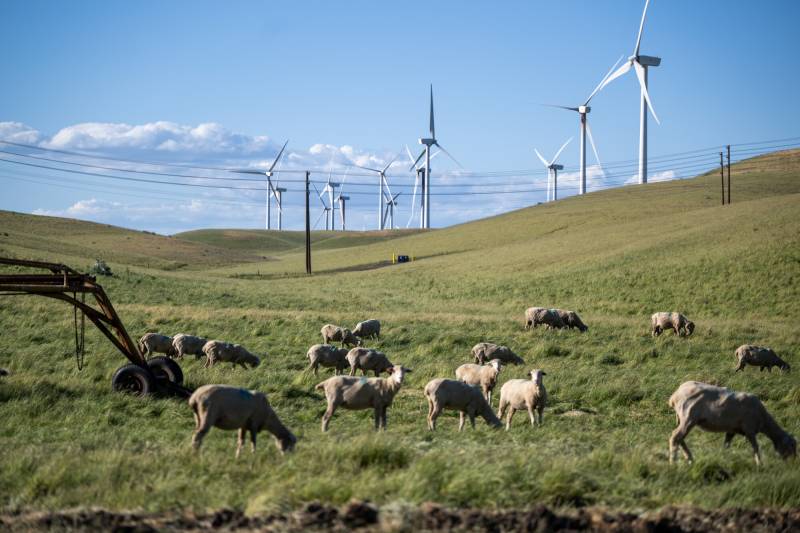“Districts will be able to ensure schools have essential facilities like kitchens and libraries, equip students with the skills for high-demand technical careers, and provide greater access to broadband internet,” Sen. Josh Newman (D-Fullerton) said in a statement.
More than 170 nature and environmental justice-oriented groups pressed lawmakers and Newsom to ensure the climate bond was at least $10 billion to address priority areas, including extreme heat, wildfires and sea-level rise.
“The communities I call home have been devastated by wildfires — and we know the threat of fires is only worsening with our changing climate,” Senate President Pro Tem Mike McGuire (D-North Coast) said in a statement.
There were also internal debates about what the climate bond should cover. Although the state usually uses bond dollars for long-term benefits such as infrastructure projects, environmental groups wanted lawmakers to allot funds for climate efforts and programs — electric vehicles, community-based programs, coastal resilience, and more — some of which the governor cut from his budget.
One program, the Transformative Climate Communities Program, that Gov. Newsom previously zeroed out could receive $150 million. The program funds community-led neighborhood projects to reduce greenhouse gas emissions.
Environmental groups like NextGen California “are glad to see some of [their] priorities represented, like extreme heat mitigation and Transformative Climate Communities represented,” wrote David Weiskopf, senior policy advisor with the group, in an email.
“The $10 billion figure is also very good, that is what the environmental community had asked for,” he said.
The Safe Drinking Water, Wildfire Prevention, Drought Preparedness, and Clear Air Bond Act of 2024 has eight potential funding areas.
- Safe Drinking Water, Drought, Flood and Water Resilience – $3.8 billion
- Wildfires and Forest Resilience – $1.5 billion
- Sea Level Rise and Coastal Resilience – $1.2 billion
- Protect Biodiversity and Accelerating Nature-Based Climate Solutions – $1.2 billion
- Clean Air – $850 million
- Park Creation and Outdoor Access – $700 million
- Extreme Heat Mitigation – $450 million
- Climate Smart, Sustainable & Resilient Farms, Ranches and Working Lands – $300 million
The bond also sets aside $475 million for offshore wind. Earlier this year, Assemblymember Rick Chavez Zbur (D-Hollywood) pursued a $1 billion bond for offshore wind infrastructure. Still, lawmakers folded that into the larger climate bond effort, said Vienna Montague, Zbur’s communications director, in an email.
Lawmakers have until July 3 to approve the bond for the November election, and Gov. Gavin Newsom must sign off on any bond measure the legislature approves with a two-thirds vote.
“It prioritizes and enables robust, decisive action to advance our climate goals and enhance community resilience against climate impacts,” Senate Majority Leader Lena Gonzalez (D-Long Beach) said in a statement.

